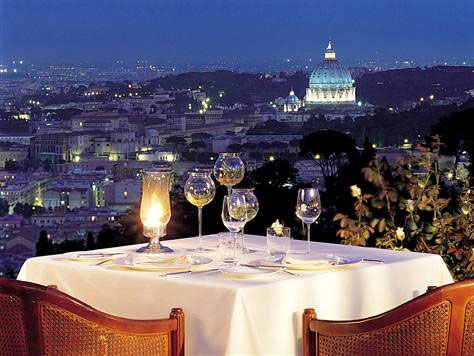It is not so easy to paint a portrait of a brand’s target market anymore, because today’s luxury clients are constantly on the move. Decades ago, the term “jet set” replaced “café society,” and came to represent a typically old money group of luxury clients. Yes, they traveled to glamorous destinations throughout the globe, but it was really more of a rotating circuit. There was a select group of places where the jet set traveled, shopped, and dined.
Today, there has been an evolution of the jet set into what we can call the “spend set.” Far from being global nomads in the strict sense of the term, luxury clients of today have definitive home bases. Unlike in the past, they do not necessarily go to the same places over and over, instead staying in new hotels all over the world. They are constantly traveling and shopping in different cities, and socially documenting it all through Instagram and Twitter. Luxury consumers are now predominately new money, or self-made, and many are exploring the world for the first time.
Factors such as globalization and technological innovation have contributed to the creation of this new wealthy class, who are high-earning and frequent-flying. Clients’ connections with brands are becoming more defined by socioeconomic status than by geography.
The differences between various markets will become harder to identify as everybody has more access to information and the world continues to feel smaller. In addition to the increase in travel, the Internet, social media, television, and availability of international magazines have also fueled the global appetite for and knowledge of the luxe life.
Because of this shift, consumers today are exposed to a variety of sales points, not just their local one. This means that luxury flagships now need to be completely different, providing a unique experience at each one. There is a feeling that shopping districts around the world are becoming identical. To counteract this fatigue, brands need to ensure that every new store offers special product selection that cannot be found elsewhere.
In addition to the multitude of luxury shopping districts now found globally, clients are exposed to an abundance of enticing and legitimate online shopping destinations. The evolution of the Internet from a research tool to the final point-of-purchase is becoming more prevalent as people become more comfortable shopping online. Luxury flagships are increasingly becoming showroomsfor consumers.
Brands would be wise to embrace the “showroom” aspect of their flagships, and provide an exciting experience in each store. These flagships can become travel destinations unto themselves if executed correctly. Instead of luxury executives worrying about sales per square foot to justify the high cost of flagship real estate, they should focus more on relationships per square foot. Connecting with current and potential clients while they are traveling can have a very positive effect on brand loyalty once the clients return home. Flagship stores can offer clients a place to explore archival vintage pieces, learn more about the brand and its house codes, see “making of” videos and demonstrations, and get excited about upcoming collections.
The tourist shopper will become an even bigger component of the future of luxury. The focus right now is mostly on Chinese tourists, because of their recent rapid increase in luxury spending. Much attention was paid to the Japanese tourist shopper in past decades, but the massive population size and growth in emerging markets, such as China and India, make the conversation so much more interesting and imperative. Brands should have a global strategy that targets the “cream of the crop” clients. They should then drill down to each specific market and target accordingly-but realize that their “spend set” targets are constantly changing and traveling.




